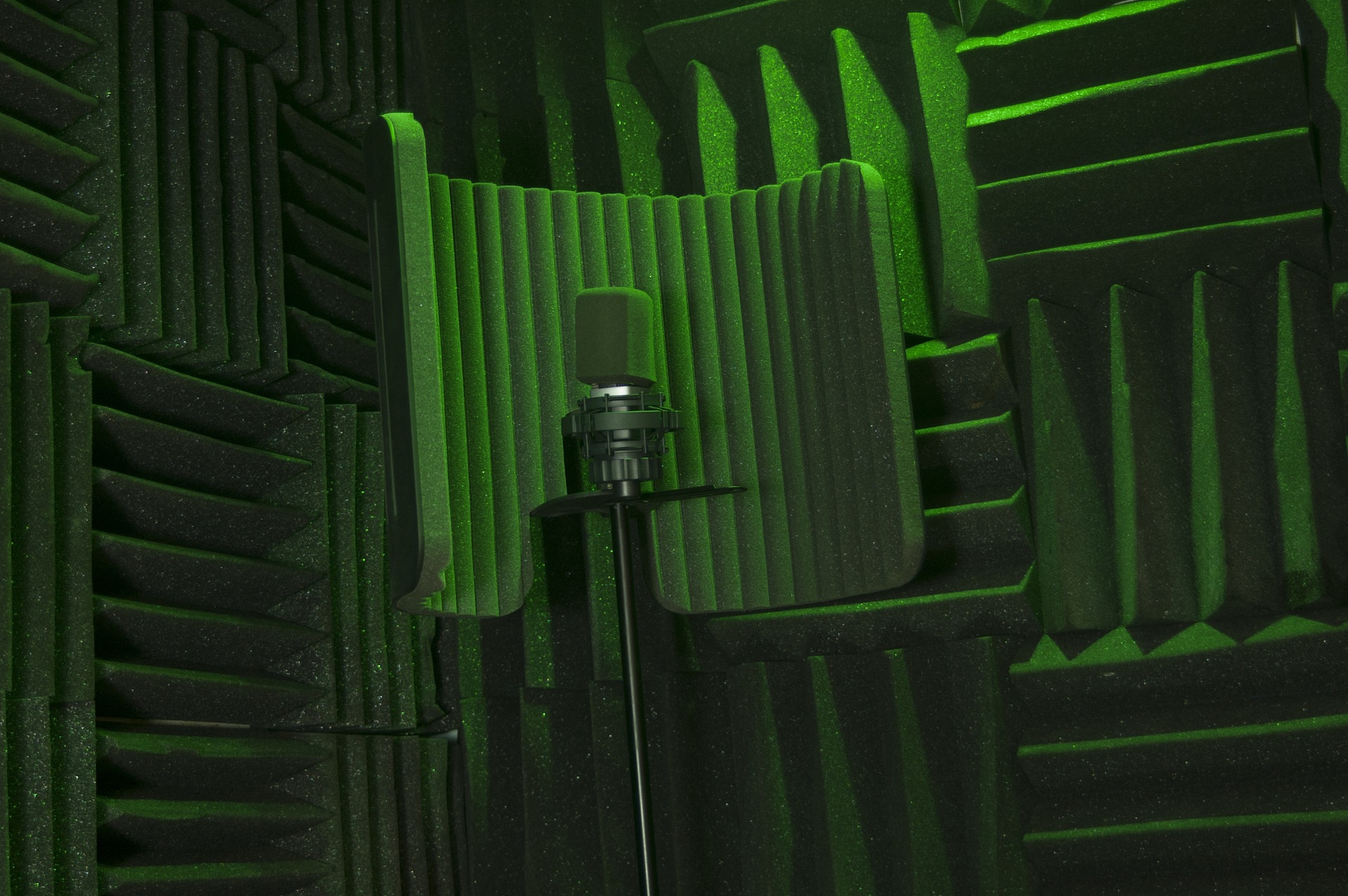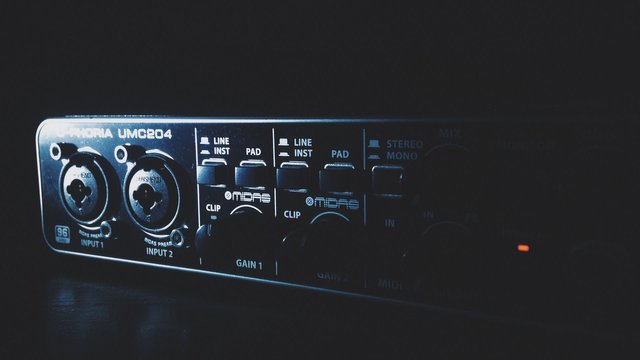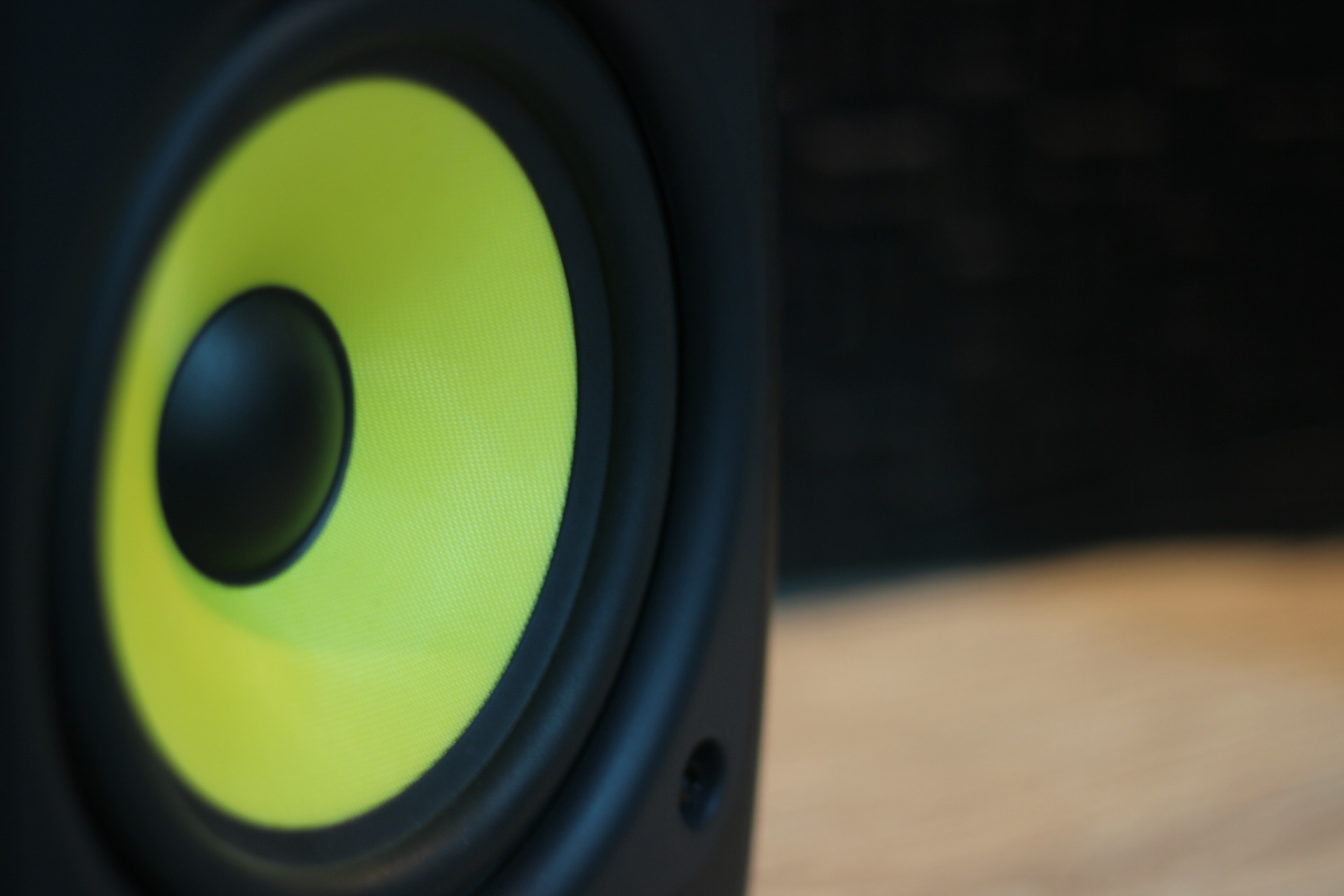BASIC GEARS FOR A DIGITAL HOME RECORDING STUDIO

source
As a musician, one of your greatest investments would be a music studio. You don't basically have to be a Music Producer, Sound Engineer or a label CEO to own a music studio. In today's world, we can't look down on the importance of a music studio in the music creation process because gone are the earlier days when sounds were basically recorded on fields or only during live performances. Digital recording plays a very vital role in today's creative process. Even though some artist and creators have developed very unique styles of recording down ideas and concepts (musical in this context), you would still agree with me that when it comes to sound (music), the best, simplest and most efficient method is sending your audio signals to a digital storage device via a transducer.
I know other mediums like standard music notation can also be used to record musical ideas but as musicians, we know the technicality and years of training it requires to use this other medium properly. I would try to keep this post as simple as possible by avoiding some jargons and using everyday language where possible as I need this post to be useful not only to musicians and aspiring recording engineers but also to practitioners of other art forms who incorporate audio, and also the total novice who would love to learn about these stuff for some reasons best known to them, or even for no reasons at all. Without taking much of your time, let's start.
How sounds are recorded digitally
I won't go into scientific and acoustic details of how sounds are converted into digits and stuff. I would rather keep it very simple and basic by telling you that the audio signal is sent to an input transducer (microphone) and the transducer converts the audio signal which is sound energy and sends it to an audio interface (sound card), the audio interface being a middle man now receives this signals and reports (sends) them directly to your computer for recording. Your computer with the aid of a recording software (DAW), records down these signals and saves it for you. Simple. Now with that gotten, let's go straight to the gears needed.
Audio Interface (Sound Card)
Though not the most obvious gear in a recording studio, but from its job description it is obviously the most important gear in digital audio recording. The soundcard is like the interpreter who stands between a foreigner and a local, he speaks both the language of the foreigner and that of the local. The audio interface has this magical converter that converts analog signals to digital signals and back from digital signals to analog signals. This magical ability allows it to communicate audio signals fluently (receive audio signals from your input transducer in the language the transducer speaks) to your computer in the language your computer understands for recording; and also receives audio signals in the language your computer speaks, interpretes it to your playback devices (output transducers) just in the language they understand. What I'm referring to language in this context are analog and digital signals. Your input transducer (microphone) speaks analog, your computer understands digital (numbers) but your magical audio interface is multilingual (he speaks and understands both analog and digital).

source
Now you should know that your output transducers are your loudspeakers and other playback devices. There are tons of audio interfaces in the market, just don't really bother about the spec especially if you are just starting out, just grab a cute little or big one that suits your budget. There are brands like Focusrite, MOTU and M-Audio. I use MOTU 828mk3.
Microphones
I know everybody knows this one. The job of the microphone is pretty much simple and I'm sure you already knew but before choosing a microphone let me quickly guide you on some very common microphone polar patterns:
Omni-directional: This microphone picks up sound equally from all directions (360 degrees).
Uindirectional (Cardoid): This kind of microphone picks up sounds only from one direction, which is usually its front.
Bi-directional (Figure of Eight): As the name spells, this kind of mic picks up sound from just two angles which is the front and the rear, not the sides.
This is not an article about microphones, so I won't go deep into the pros and cons of these different polar patterns but I will suggest you start with uni-directional condenser microphone or a switchable polar pattern condenser microphone as this particular type allows you to switch between the different polar patterns.
Digital Audio Workstation (DAW)
These are softwares that allows you record and edit music on your computer. Before your computer can communicate properly with your audio interface, you will need to install a DAW on your computer. We can simply say that a DAW is an audio recording software and we have tons of them but I'll name just a few, leaving you to check out the rest for yourself. The most common ones are: Cubase, Fruity Loops (FL Studio), Pro Tools, Ableton Live and Reason.
Sound Monitors
When I say sound monitors, I refer to both headphones and studio speakers. In order to hear whatever you are doing, you will need either or both of these depending on your budget and other factors. But if you are going for headphones, you'll have to know that they are basically two types you will come across. These two are “closed back” and “open back headphones.” The names make them self-explanatory. The one basic advantage of the latter over the former is that it gives a more natural feel while listening as it permits ambient sounds to leak in to your monitoring, thus the reason majority of low budget home studio owners opt for it. The former gives an opposite effect instead but is best suitable for recording vocalists as there won't be any case of sound leakage from headphones into the microphone. Despite the fact that majority of home studio owners would go for open back headphones (primarily because of their budget), you will have to understand and not underestimate the importance and usefulness of investing in at least a semi-decent studio monitor (Near Field Monitors), as mixing are traditionally done on these. Besides studio monitors being the traditional gear for sound monitoring in sound studios, sooner or later you will have to accept the fact that headphone mixes will definitely sound like headphone mixes while studio monitor mixes will sound like studio monitor mixes, the difference will be loud and clear. Pun intended. There are some very pricy mixing and mastering headphones out there which can probably do the same job as most monitors but I will advice if you have such amount, you should instead invest it in a pair of semi decent studio monitors as this will always be a major point of reference during mixing. Behringer and M-Audio have some very decent-sounding and pocket-friendly studio monitors.

source
Pop Filter And An Isolation Shield
I'm sure you've seen that round netty shield that covers a microphone, that's a pop filter. As the name suggests, it filters the pop (blasts) and ssss sounds that comes when pronouncing the “p” and “s” words respectively. It's a form of hardware compressor that helps compress the blasts that occurs when pronouncing those words. The isolation shield, though not a must have for beginners is still very much useful and should be very much considered if your budget permits. The isolation shield can lend a helping hand in the case of a room with very bad acoustics. It simply shields the microphone from unwanted sounds and they come in different shapes, each varying in prices.
Computer
This is one of the most important studio gears you'll have to acquire as this is where your recorded signals are stored. The computer also happens to be the costliest studio gear (maybe not) you will come across depending on your needs. But the most important thing you should consider when choosing a computer is the speed, as you don't want a computer that hangs for thirty minutes during a studio session. Be it a MacBook or a PC, just go for the fastest you can afford.
Other important gears which you will probably figure out the uses by yourself are cables (XLR), microphone stand(s) and shock mounts.
Acoustic Treatment (vs Sound Proofing)
Though most times, studio owners use these two terms interchangeably, they are different and the difference is very simple. The aim of soundproofing is to reduce the amount of sound that enters and exits your room. And you can achieve this by blocking all holes and openings in the room or by simply using very thick walls or very heavy building materials. While acoustic treatment is a medium of controlling sound circulation and reflections in the room, to achieve a great sounding recording. When acoustically treating a room, three things are considered and these are:
Bass Traps: Absorbs the low frequencies.
Acoustic Panels: Absorbs the mid and high frequencies
Diffusers: Scatters the remaining frequencies evenly.
It is important to note that a room can be soundproofed but not acoustically treated, and acoustically treated but not soundproofed. If you are on a budget, I'll advise you go for acoustic treatment first as it is more important, especially if your studio is already located in a silent(remote) environment which eliminates the necessity for sound proofing.
Music creation is fun!, enjoy it and don't be afraid of investing in it, it pays. Thank you for reading this far. Wish you the best.
Regards @papaudeme! Happy to find you via Steemit! Hope to stay in touch and sustain our artworks. Hope to hear more of your music. Nice gear for a home studio. Maybe at some moment we'll collab. All the best.
https://luciannagybalkumbatribe.bandcamp.com/track/the-african-mganga
Ayocunle!!!
More info about my instruments gear/ studio credits via my website
http://luciannagy.com/
I am very glad you stopped by and also read through. I would very much love to collaborate with, i just followed you and i will check the links out. Thank you brother, much love from Nigeria. I love your sound, i just took a listen. You can also listen to my sound here
Cool brother @papaudeme!!! Great to hear your music! Definetelly we'll keep in touch. You can check on my website on instrument gear what ethnic instruments i'm playing. We'll see what Future will bring so that we'll have the chance to collaborate for some project. Stay in touch. Blessings.
https://soundcloud.com/lucian-nagy/maombi-kwa-ajili-ya-dunia
Definitely bro, i will stay in touch and i will check you out right away.